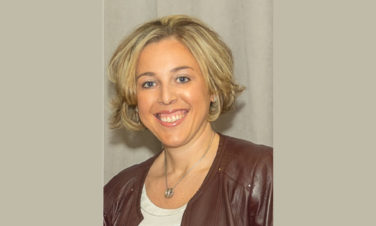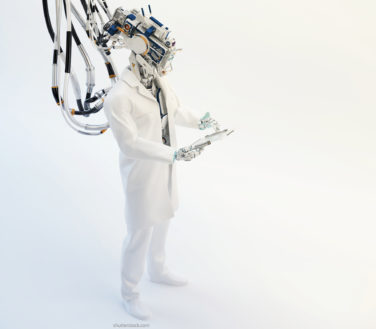Healthcare organizations are embracing the concept of “patient-centered” care. Providers, payers, and other healthcare entities are recognizing that consumers have preferences when it comes to their healthcare. Beyond patient satisfaction, patient-centered care is ultimately expected to achieve more engaged and healthier patients.
The pressures are building:
- High-deductible insurance plans and out-of-pocket costs for consumers are skyrocketing.
- The number of Americans age 65 and older is projected to more than double from 46 million in 2016 to over 98 million by 2060.
- The country is facing a severe provider shortage, raising questions about how we will provide care to the aging population.
These factors have encouraged a move toward patient-centered care, alongside the fact that, increasingly, consumers want easier access to care and more transparency so that they can understand their options and make decisions.
How can technology help us to address these three pressure areas?
One solution gaining traction is telehealth. According to the Telehealth Resource Centers, the components of telehealth1 include:
- Live Videoconferencing: Two-way communication between a provider and patient using audiovisual technology.
- Store-and-Forward: Transmission of health information to a practitioner (such as a specialist) who provides an evaluation or expert opinion.
- Remote Patient Monitoring: Data collected by a patient is transmitted to a provider for use in care planning.
- Mobile Health: Health-related practices supported by mobile devices (http://bit.ly/2ELe6CJ).
- Cell Phones.
Still, several questions remain:
- How will telehealth support patients with chronic conditions, such as diabetes?
- How will telehealth improve access to care for existing patients by reducing wait times for appointments?
- How can providers’ workflows be simplified (rather than made more complex) to expand their capacity to see more patients?
The Next Steps: Addressing the Key Pressures
Whether telehealth will address the cost issue is still unclear. Studies show that telehealth costs are similar to those for primary care; however, there may be reduced costs for the patient in terms of less time away from work and transportation.
Research indicates that some care practices, like blood pressure monitoring are actually better done through remote monitoring.2 Of course, though patient preferences for telehealth may be a determining factor in the long run, consumer adoption of telehealth is also dependent on provider adoption.
From the provider perspective, there is a concern that telehealth will distance providers from their patients. This may be addressed by developing protocols that define appropriate cases for telehealth use (such as home monitoring of blood pressure) and acknowledging that telehealth will not be the answer for all patient/provider interactions.3
Innovative technologies are reaching the market every day that will challenge the status quo. Products and services such as Zipnosis or Teladoc will challenge traditional healthcare providers to get on board or risk losing their patients. With pressures mounting, consumers will be pushing for solutions to underscore their definition of patient-centered care.
References:
- Telehealth Resource Centers. (2018). “A Framework for Defining Telehealth.” Retrieved from: https://www.telehealthresourcecenter.org/sites/main/files/file-attachments/telehealth_definintion_framework_for_trcs_1.pdf.
- Magid DJ, Green BB. (2013). “Home Blood Pressure Monitoring. Take It to the Bank.” JAMA. 310(1):40–41. doi:10.1001/jama.2013.6550. Retrieved from: https://jamanetwork-com.proxy.cc.uic.edu/journals/jama/fullarticle/1707699.
- Duffy, S., Lee, T. (2018). “In-Person Health Care as Option B.” NEJM. Retrieved from: http://www.nejm.org/doi/full/10.1056/NEJMp1710735#t=article.









